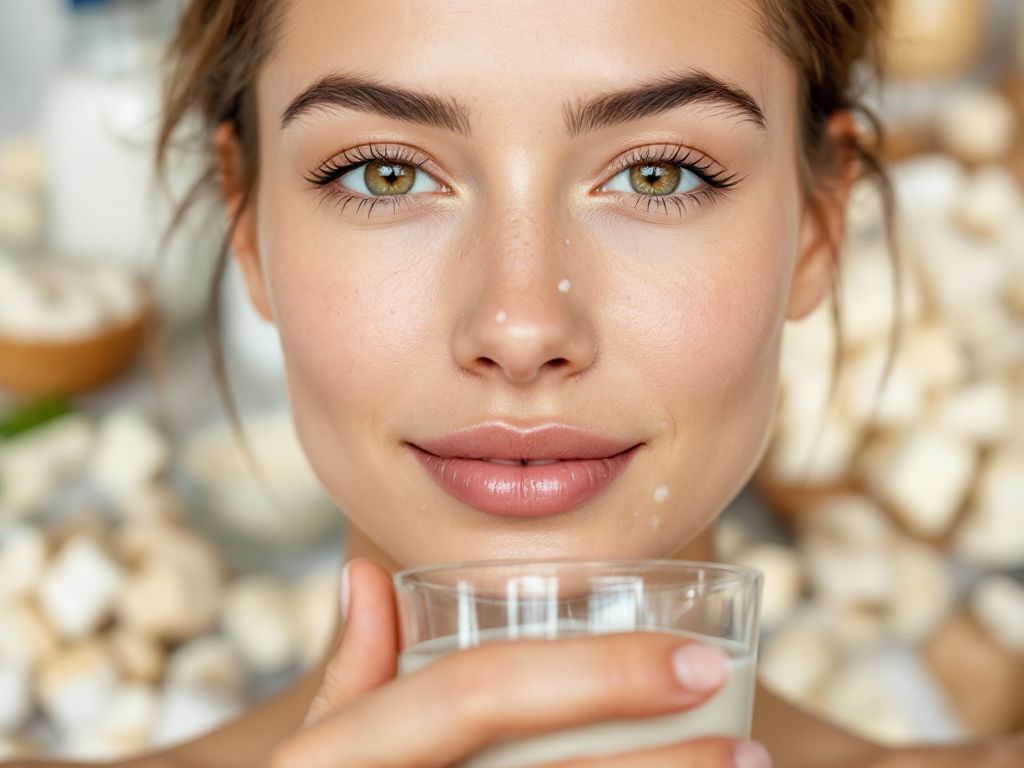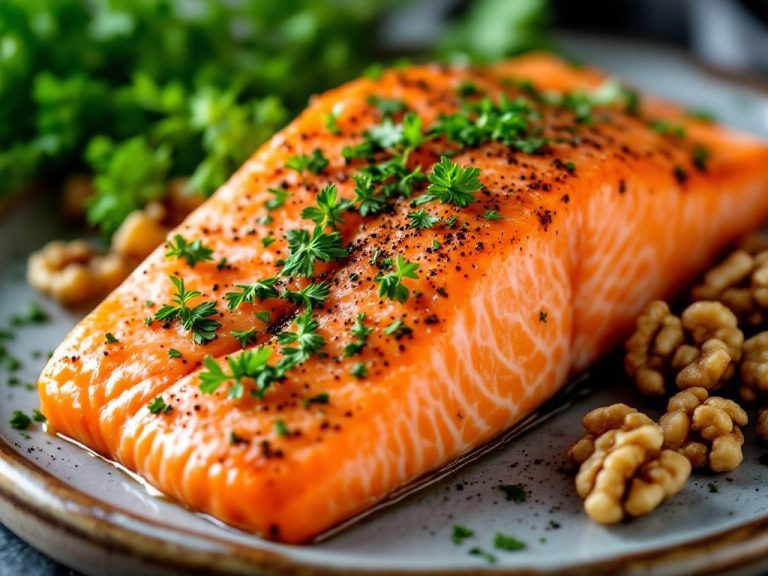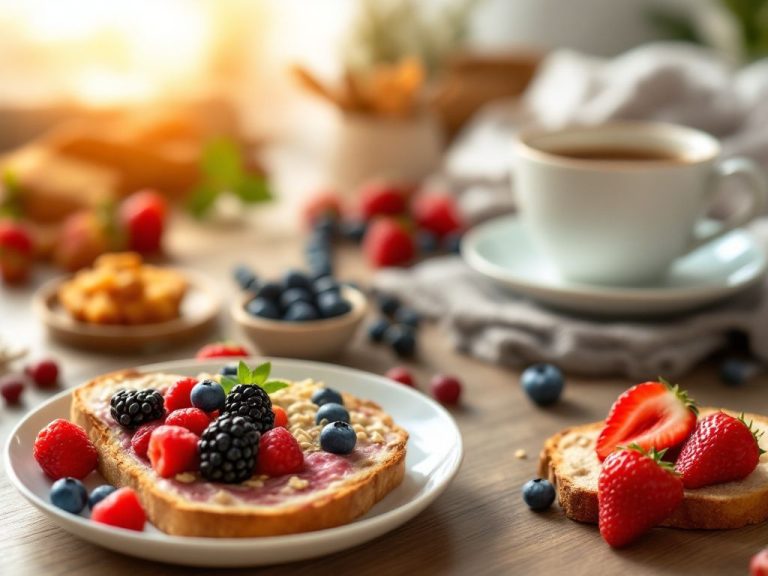Hey there! Let’s talk about something that’s been bothering a lot of us lately, shall we? I’m talking about the pesky pimples that pop up out of nowhere. Yeah, those unwelcome guests that can totally crush your confidence—acne. A lot of us have heard whispers in the skincare world: could the secret charm in our daily dairy be the culprit behind our acne woes? Yeah, I’m talking about the “dairy acne impact” here.
Table of Contents
ToggleWhat’s the Deal with Dairy and Acne?
Alright, this is an important one. You’ve probably wondered why, despite religiously washing your face and applying all sorts of spot treatments, those breakouts refuse to back down. Could it be the cheese in your favorite sandwich or that creamy latte you sip on every morning? Well, let’s dive right into it. Some studies and experts suggest that milk products might play a sneaky role in exacerbating skin reactions, especially acne.
Dairy products, including milk, cheese, yogurt—yup, hold your sighs—possibly encourage acne formation owing to hormones found in cow’s milk. You might have missed this chapter in your skin care guide; raw truth though—milk naturally contains growth hormones and certain bioactive molecules, regardless of whether it’s organic or straight-off-the-shelf conventional milk. These components can potentially trigger oily sebum production on skin surfaces, which let’s be honest, nobody’s a fan of!
The Hormonal Havoc
Here’s the scoop. Cow’s milk, as aforementioned, is not just loaded with taste, but also hormones like IGF-1, commonly called insulin-like growth factor. It’s brilliant at helping adorable calves grow strong and robust, but it might be less charming for us humans in high doses. This hormone plays a big part in oil production, which, surprise surprise, can lead to clogged pores and ultimately a breeding ground for acne. So, if your skin’s often a battlefield, you might want to reconsider that second glass of milk.
Here’s How It May Affect You:

- Increased Sebum Production: Thanks to the IGF-1 in dairy, your glands might start working overtime, resulting in more oil than your pores can handle.
- Hormonal Breakouts: The estrogens in dairy could push your hormone levels into frenzy, creating opportunities for acne to surface.
- Inflammation Inducer: Some dairy products have a high glycemic index that spikes blood sugar and insulin levels, sparking inflammatory responses.
Different Dairy, Different Impacts
Not all dairy is created equal, and not everyone’s skin reacts the same way. It’s a varying game of Russian roulette. Some people bid adieu to one type and see miraculous improvements, while others play dairy detective for months to pinpoint the exact problem. Let’s break it down.
Types of Dairy and Their Acne Effects
- Whole Milk: Its high-fat content and nutrient density often surprisingly induce more reactions than skim milk versions. It’s worth surveying how your skin behaves with each type.
- Skim Milk: Filtered of some fat, but alarmingly, some sources claim this can be worse due to its higher lactose percentage compared to whole milk.
- Cheese and Yogurt: Their impacts are rather mixed. Cultured or fermented products like yogurt could fare better due to good bacteria, while processed cheese is a common suspect in acne flare-ups.
**Tip**: Test out what’s less trigger-happy for your skin with each type. It can be trial and error initially but jot down your findings.
Dairy Alternatives: Is Going Non-Dairy The Solution?
Now you might be eagerly pondering; should switching to almond milk or soy-based products clear your skin’s rebellion? Trust me, sampling alternatives seems wise with dairy’s delinquent behavior. Here’s the lowdown on potential substitutes.

- Almond Milk: Low in calories and thinner consistency, it offers a nutty relief devoid of milk allergens.
- Soy Milk: Another favorite, especially for those vegan turns. Rich and creamy but sometimes comes with added sugars—check those labels!
- Oat Milk: Creamy, subtly sweet. Known for being higher in carbs, so if you’re watching glucose levels, maybe just be mindful.
- Coconut Milk: Lightweight texture, slightly tropical in taste, but also relatively higher in fats. Balance is the word!
**Actionable Step**: Swap a form of dairy in your diet and journal your skin’s behavior. Sometimes, subtle, unexpected changes can spell peace for pesky acne.
Psychological and Lifestyle Impacts
Dealing with acne is not just a physical nuisance but an emotional wrestling match too. Whether it’s self-confidence taking nosedives or the tiring regimen to conceal breakouts, any stepping stone towards resolving triggers helps.
Remember, besides food, things like stress, sleep deviation, and hydration behaviors intertwine in the skin conversation.
Key Non-food Tips for Acne-prone Skin:
- Hydration: A must-have, period. Skin loves water. Guide it through adequate hydration.
- Mind Your Touch: Constantly touching your face transfers oils and dirt. Reverse this habit faster than you reach for your phone.
- Exfoliation: A gentle approach helps unclog pores and navigate towards clear skin journey.
Listening to Your Skin

Beyond the scientific ramblings summoned earlier, ultimately, listen to what your skin is whispering—metaphorically speaking. Victories might unfold slowly, while setbacks teach us to adapt and pivot.
Track patterns and cues in your diets and contexts. The ever-informative mantra “Everyone’s different” stays impeccably true here. And, if you find dairy’s signature on your skin outbreaks, it might be a cue to kickstart exploring, adjusting, and experimenting until achieving that golden recipe where your skin thrives.
Bridging the Dairy Dilemma
In conclusion, whether milk products play havoc on your skin with rebellious spots or whether they harmlessly grace your diet as an indispensable favorite, the relationship boils down to individuality—ourselves. Be your trusty skin investigator; wield food’s power like a badge player doesn’t.
Let’s spread the word—no labyrinth-tip manifest, no sugarcoating drama. Set anchor on experiences revering truth. After all, knowledge and action intersect at self-kindness and patience. Your skin stealthily owns memories of what it touches. So hold empathy and listen. And, maybe savor that beloved slice of cheese—mindfully.
Navigating the domain of a clearer skin-Terra is an adventure worth taking, wouldn’t you say? Ready to embrace a routine that resonates? Give it a try, explore beyond nutritional lanes, and trust me, maybe those little acne wars will retreat soon enough. Cheers to feeling confident and comfortable in our skin!
Frequently Asked Questions
Is there a link between dairy consumption and acne?
Yes, there is evidence to suggest a link between dairy consumption and acne. Studies have shown that dairy products, particularly milk, can increase the risk of acne. This is attributed to the hormones and proteins in milk, such as insulin-like growth factor-1 (IGF-1), which can stimulate follicular epithelial growth and keratinization, leading to acne[2][3][5).
Which types of dairy products are most associated with acne?
Milk, including whole, low-fat, and skim milk, is most closely associated with an increased risk of acne. However, products like yogurt and cheese do not appear to have a significant association with acne development[1][2][5).
How do the hormones in milk contribute to acne?
The hormones in milk, such as IGF-1, can promote insulin secretion and induce hepatic IGF-1 synthesis. IGF-1 is known to stimulate follicular epithelial growth and keratinization, which can lead to acne. Additionally, the natural hormones in milk can interact with the body’s endocrine system, potentially triggering breakouts[2][3][5).
How can I determine if dairy is causing my acne?
To determine if dairy is causing your acne, you can try an elimination diet where you completely cut out dairy products from your diet for a period and observe any changes in your skin. Keeping a food diary can also help you identify if dairy intake is correlated with your acne breakouts[3][4][5).
References







